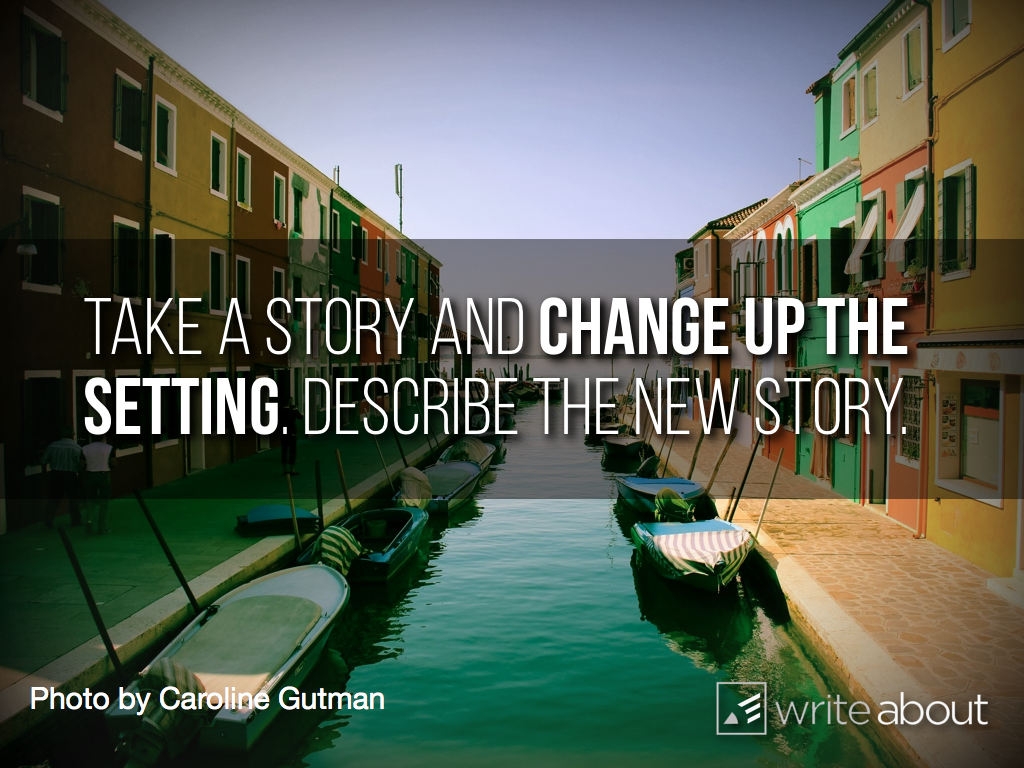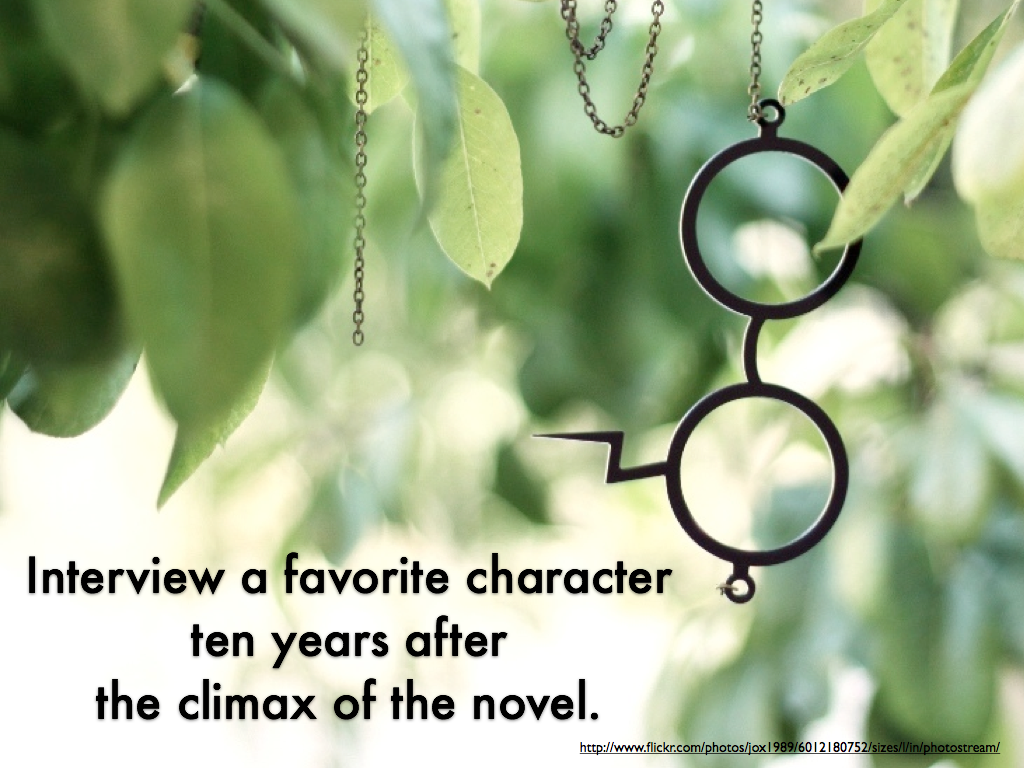When I was a kid, I hated book reports. I hated filling out a form describing what I read. I wasn’t a fan of artsy crafty alternatives, like cereal box projects or dioramas. What I did love, though, was geeking out on what I read. I loved arguing about who was better, what they should have done, etc. I loved making mash-ups and fan fiction. So, with that in mind, I have created some visual writing ideas that are alternatives to the standard book report.
A FEW MORE
- Create a TED Talk from the perspective of one of the characters.
- Enter the world of your story and write an editorial about the character’s actions.
- Look at the Periodic Table of Storytelling and identify the tropes.
- Write a movie pitch for your book. Explain how the movie will be similar and different and why it might work well in that format.
- Just add ninjas. Retell the story with ninjas. How does that change the work?
If you find the visual writing ideas intriguing, they are part of a larger social publishing platform called Write About.






These are great, John! I would love to see you turn the last ones into visual writing prompts as well.
I just might do that. 😉
Loved these ideas! Especially the TED Talk idea at the end. Thanks for sharing!
Thanks for the kind words.
Just add ninjas. Love it. Also wondering about the TED talk idea…might have to steal that one.
Thanks! That means a lot coming from you.
Can't go wrong with ninjas!
Ninjas are pretty awesome.
Just wondering what makes a "visual prompt"? Is it just the act of pasting the text instructions over a picture? Couldn't you do the same with virtually any writing assignment, including an old-fashioned book report?
That's a good question. In some cases, the visual drives the prompt. For example, I could take the second picture and write, "Your story takes place here instead." In other cases, the visual prompt provides an aesthetic backdrop that allows the students to pay closer attention to the words.
I bring this up, not because they are visual, but because they are different from the traditional book reports of "Tell me what you read" or "summarize the plot." What makes these different isn't that they are visual, but that they are a little more creative than typical book reports.
No offense, John, but I don't see what makes these special. It's really no different than just a bunch of words on a paper. I was expecting real alternatives. You just came up with a list of questions and you're still asking kids to do a book report. It's not very impressive in my humble opinion.
Let me try this again. What makes these "alternatives" is not that they are a different activity, but a different set of questions. I never claimed that they were innovative and amazing. I just figured that I would share them with the world.
I think the benefit is that we are asking for more from our students. Instead of just writing about what they read and answering basic questions, we are tapping into higher level thinking by challenging our students to DO something with what they read. By making these small changes in the way we question our kids, we are giving them the chance to apply what they've learned and create something new. Very nicely done. Posting a link to my instructional technology blog and adding most of the slides to my visual writing prompt PowerPoint (I'm skipping the first one and the alien face might be too much for the little ones, but the rest are great for my purposes). Thanks for sharing and for the Creative Commons License!
I agree with Mrs. Davis. These require students to delve much deeper into the book and think about the elements in a completely different way. I can already hear the groans of students being challenged! I think these could be used for small group discussions about a class read – it would spur lively conversation for sure.
Thanks, Mrs. Davis. My hope is to spur thought and to get kids to think critically.
great ideas!
I'll be sharing this with teachers. I was very excited when students started sharing book reports they'd done using tools I'd suggested in my library lessons. But the reports were the same old "I liked it when…" or "I recommend this book because…" just using shiny new tools! These prompts would require a bit more thinking, as Mrs. Davis pointed out in a comment above. Even if they were used to spur discussion instead of as prompts for written responses, they'd hopefully shift the way students respond to the book.
Thanks for this, John!
Thanks for sharing these simple ideas that will get kids thinking more creatively. Plan to share with my staff.
Interesting recast of book-driven writing prompts. I would really like to see you think (write through) a student sample and model how you would use the writing to assess students' thinking, reader and writing skill.